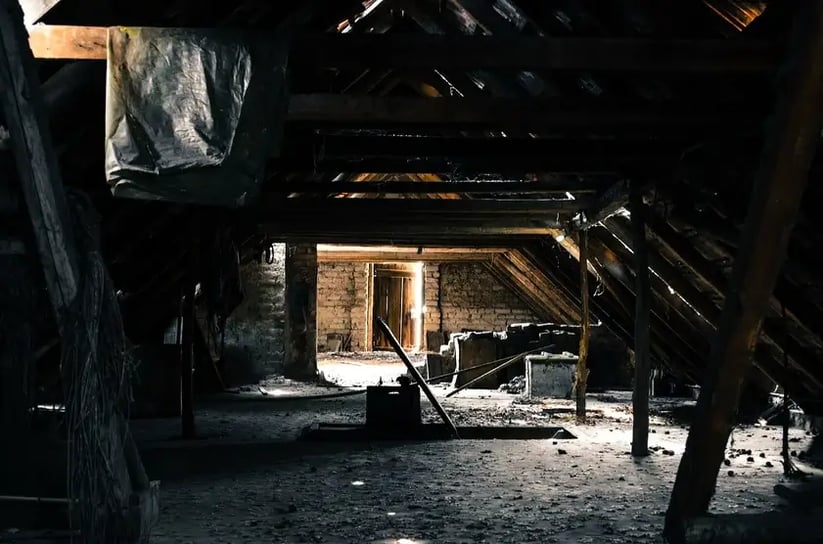 Toxic mold is a serious problem in attics, and it can affect the value of your home as well as your health. Attics are the perfect breeding ground for mold, and the problem can quickly spread if it’s not contained. This guide will look at the most common signs of toxic mold in an attic and how you can avoid damage to your health and home.
Toxic mold is a serious problem in attics, and it can affect the value of your home as well as your health. Attics are the perfect breeding ground for mold, and the problem can quickly spread if it’s not contained. This guide will look at the most common signs of toxic mold in an attic and how you can avoid damage to your health and home.
Health Symptoms of Toxic Mold
In some cases, the first sign of toxic mold in your attic may be physical symptoms. If left untreated, toxic mold can lead to a number of health problems that can worsen with time. Some of the most common symptoms include
- A sore throat
- Worsening or developing asthma
- Coughing
- Itchy skin and eyes
- Lethargy
These common symptoms may simply be from allergies or a cold, but if they last longer than two weeks, they may be due to untreated mold. Fortunately, these symptoms often go away once the mold is eliminated. However, toxic mold can cause worsening or even permanent problems if it remains in your environment for a long period.
Your Nose Knows
Mold has a very distinct, musty smell, whether it’s located on wet wood or in leftover meals. It’s an awful scent that your body will naturally react to, and it often causes a gag reflex. Some comparisons include sweaty gym socks and a wet newspaper that’s been left inside too long.
If you smell anything off or unpleasant about your attic, it’s very likely that you have mold of some kind growing there. This does not necessarily mean that it’s a toxic mold, however. Even though all molds are harmful to some extent, you need to have someone visually inspect it to get a clearer idea of the type, source, and damage.
Visual Signs
Even if your attic is well lit, bring a flashlight so you can see clearly in dimmer areas. The most obvious sign of mold is a discoloration on the walls, floor, ceiling, piping, or other item in the room. Even old boxes and books that have gotten wet can sprout mold, but these items can easily be thrown away outside.
Mold presents itself in many shapes and colors including white, brown, yellow, green, and more. All of these molds should be dealt with, but it’s the dark gray and black molds that present the biggest problem in your attic. These toxic molds are aggressive, fast-spreading, and can cause the most damage to your respiratory system.
Common Toxic Mold Locations
Toxic mold generally grows in dark and damp places, and it often forms a specific shape as it grows outwards: it may form the shape of a circle or crescent. You may see some metal pipes with patterns like this, but mold will only grow on areas that are habitable to it, like wood, wallpaper, insulation, or furniture stored in the attic.
Common Causes of Mold
Mold requires moisture to thrive, and the attic is the perfect place for leaks and humidity to go unnoticed. Roofing leaks can very quickly lead to mold growth if not professionally repaired. Mold can also grow slowly throughout the year due to common issues. If an attic’s floor is improperly insulated, warm air and moisture can rise up through it, which will eventually lead to mold growth. If your attic is improperly ventilated, it can cause warm air or condensation to settle and facilitate mold growth.
Mold Prevention and Solutions
One of the best ways to prevent mold is to keep your attic dry and well circulated throughout the year, and we have the tools and expertise to make it happen. We can install high quality blown in fiberglass insulation to keep your attic cool and dry in any season. This moisture-resistant insulation will prevent warm air from seeping into your attic.
We can also install a proper attic ventilation system to remove harmful, humid air effectively as well as deal with any leaks or condensation problems you may currently have. Hedrick Construction serves customers throughout Ames, Ankeny, Des Moines, and surrounding areas.








Comments